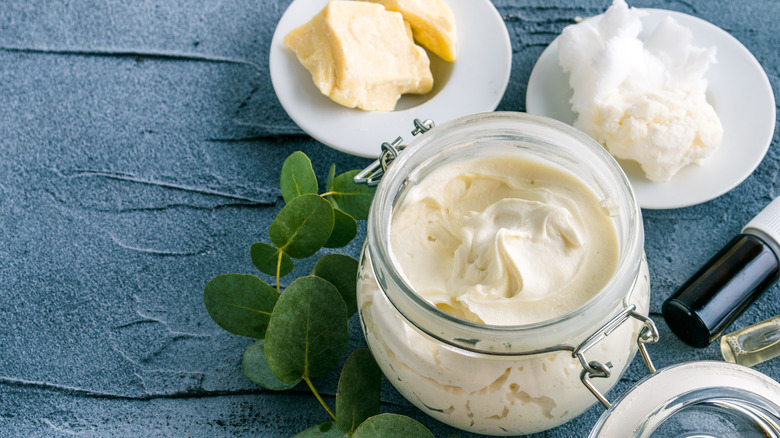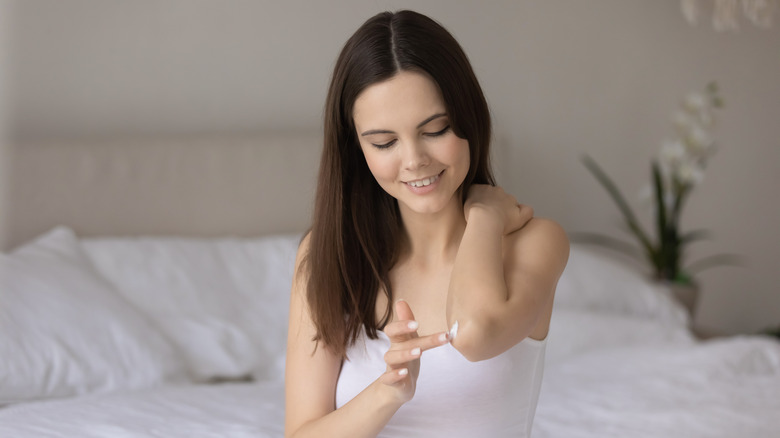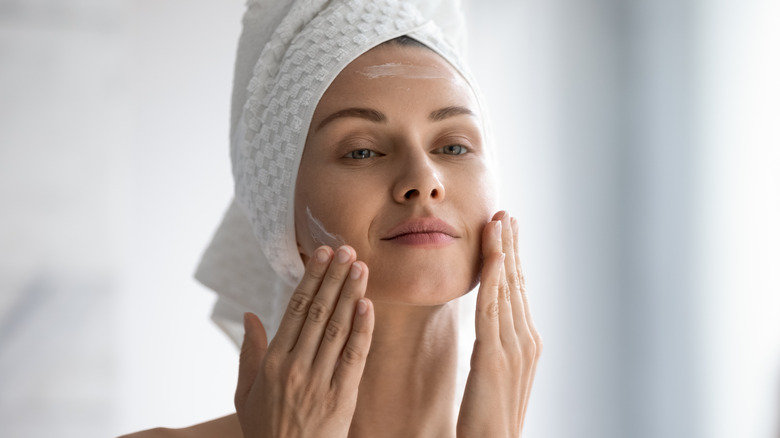Murumuru butter is widely used in shampoos, facial creams, soap bars, andother beauty products.
Beauty bloggers swear by it for thicker, stronger hair and youthful skin.
But can you really trust these claims?

Cosmetics manufacturers have been using it in vegetable creams and soaps since the 1940s, according toAnnmarie Skin Care.
Lauric acid, one of its primary compounds, fights inflammation and bacterial infections.
Myristic acid, on the other hand, may protect against oxidative stress.

This yellowish fat is said tosoothe sensitive skinand lock in moisture.
Proponents claim that it also nourishes the scalp, leading to healthy hair.
On top of that, it’s odorless and has a long shelf life.

Some say that it’s just as good as or even better thancoconut oil.
Let’s take a closer look at its potential benefits!
Its fatty acid profile is similar to that of cocoa butter, notesHealthline.
This natural ingredient is about 46% lauric acid and nearly 30% myristic acid, explainsAnnmarie Skin Care.
When applied topically, these fats can help restore your skin’s moisture barrier.
Murumuru butter is less comedogenic, but it should be used with caution on acne-prone skin.
At the same time, it reduces inflammation and speeds up wound healing, according to theLinus Pauling Institute.
However, it can be a great option for dry and sensitive skin, explainsHealthline.
Murumuru butter acts as an emollient and may help improve the skin’s barrier function.
With regular use, it can restore skin elasticity (viaCinta Aveda Institute).
This fatty ingredient may also relieve eczema symptoms, suggests Healthline.
Therefore, it may benefit people with eczema and other skin conditions.
Murumuru butter could have similar effects, but more research is needed to confirm it.
Note that murumuru butter is often combined with other ingredients in beauty products.
Facial creams, for example, may also contain fragrances or exfoliants.
These compounds can trigger allergic reactions or irritate your skin, warns dermatologist Marisa Garshick (viaByrdie).
That’s why you should always read the labels and perform a patch test before using any new products.
To fully reap its benefits, apply it after a warm shower when your pores are open.